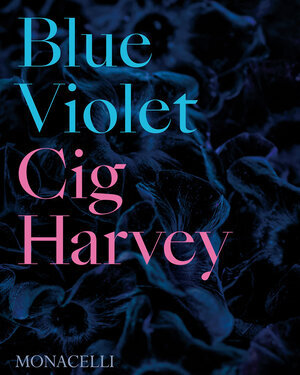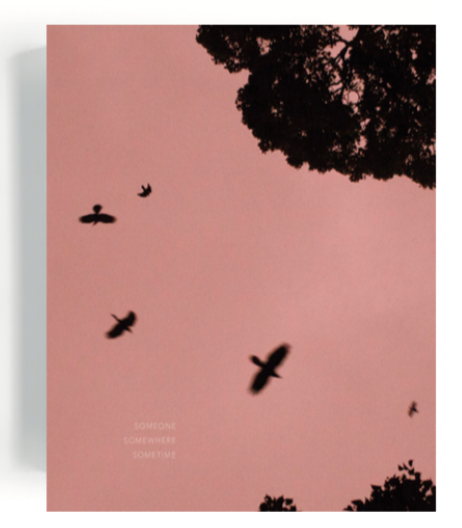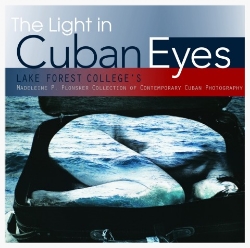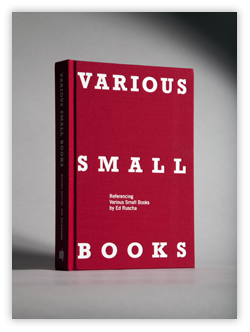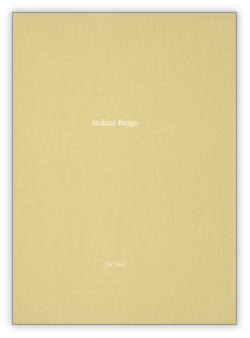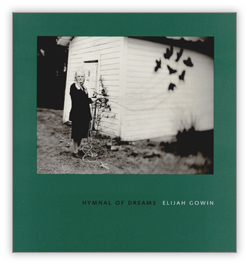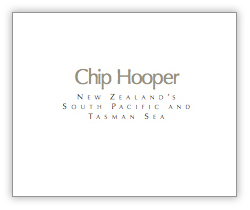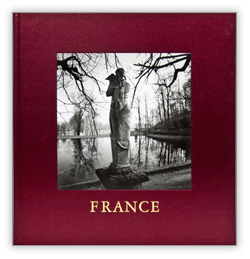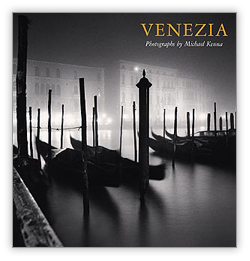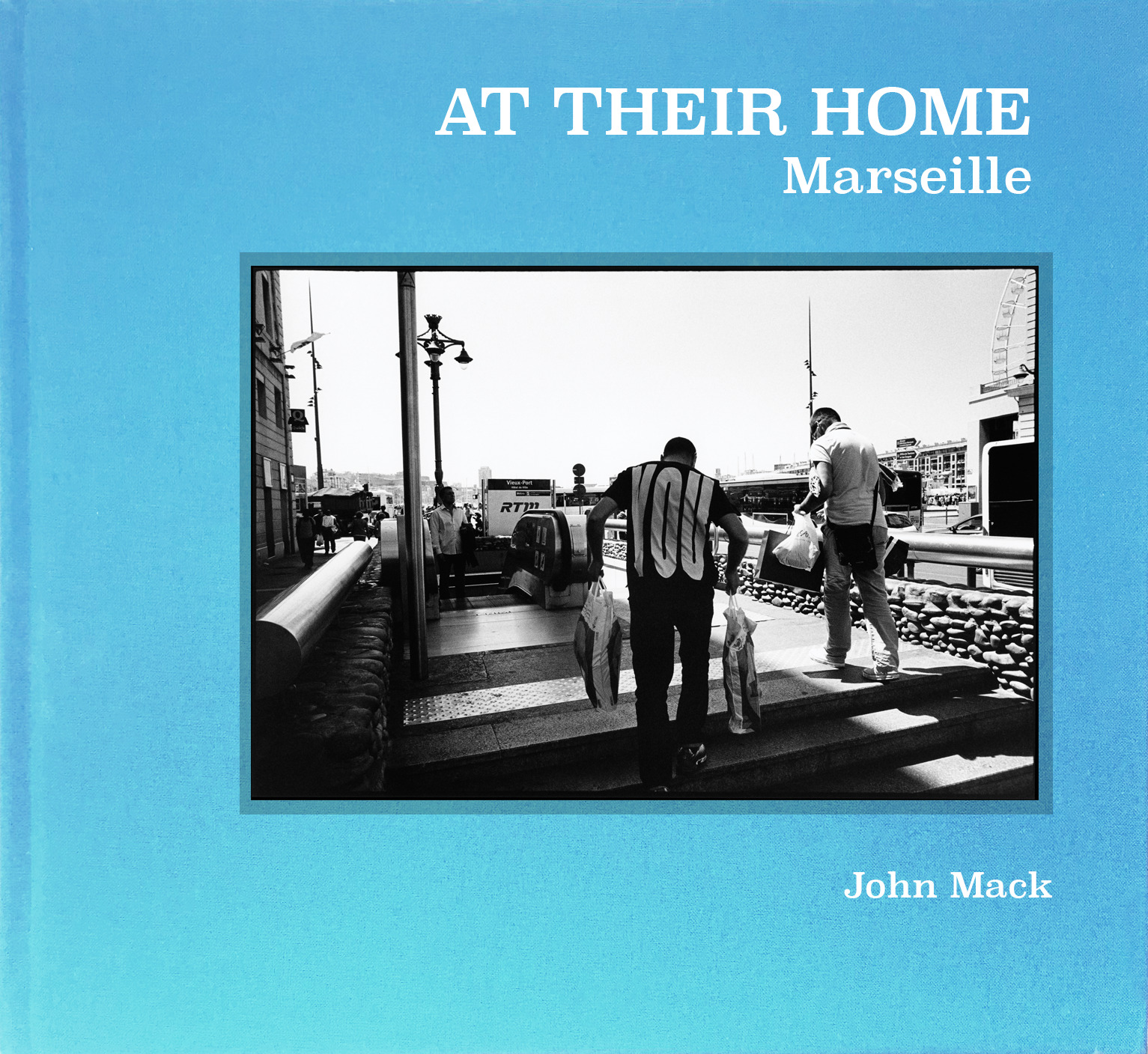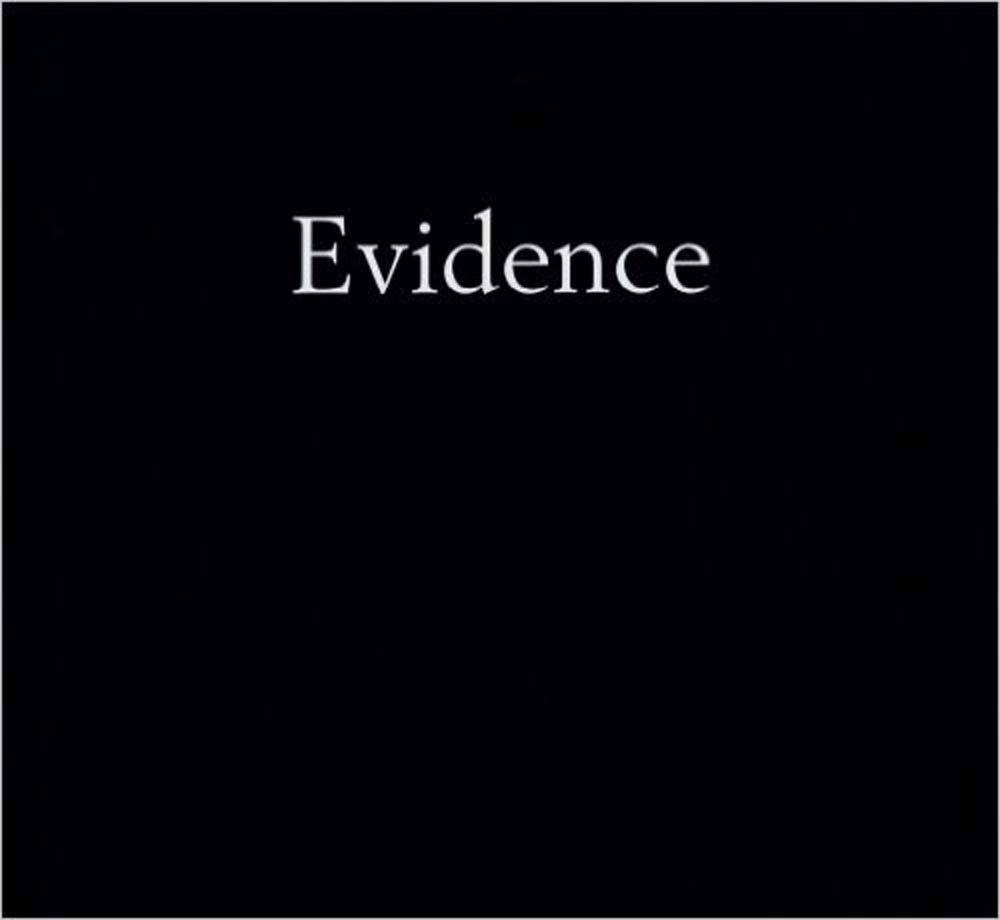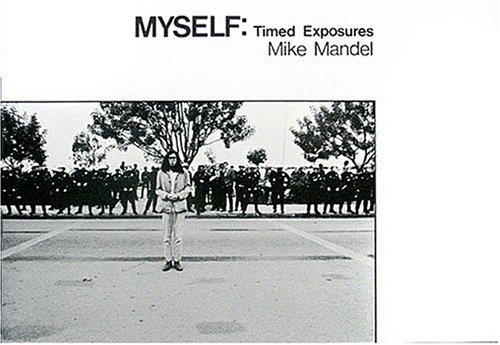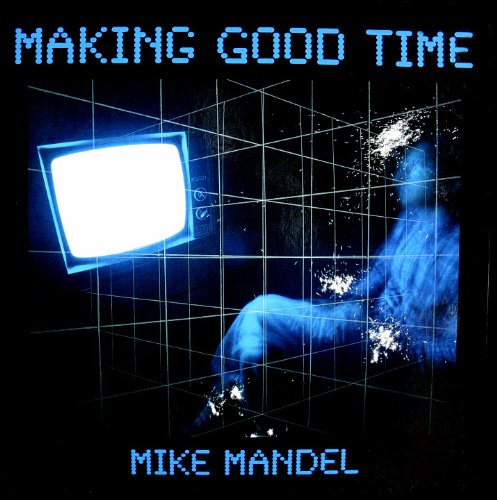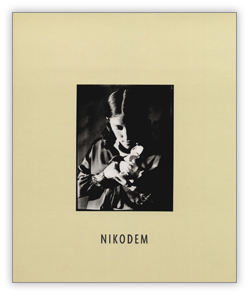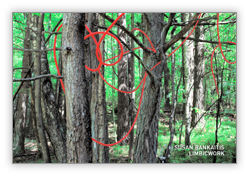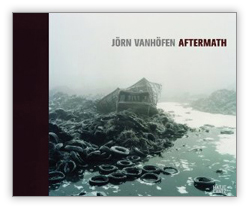Making Good Time
Mike Mandel
Published by University of New Mexico
Hardcover
72 pages
$75.00
Mike Mandel creates playful, trippy images that combine everyday activities with bursts of color and light that track his subjects’ motions. For his project and subsequent book, Making Good Time, which took the better part of the 1980s to complete, Mandel plays off of Frank and Lillian Gilbreth’s efficiency motion studies from the early 1900s. The Gilbreths’ purpose for creating the images was to analyze and refine workers’ movements to streamline productivity. They captured these motions in a still image they called the chronocyclegraph by attaching pulsing lights to the workers’ hands and making 3-D, time-lapse images. The Gilbreths’ intent was to improve the lives of workers by reducing waste and fatigue on the job. In fact, their findings were also used by the military and in hospitals to maximize worker potential.
Mandel’s project tracks movement in a similar way but is far more lighthearted. As Mandel says in the introduction to his book, he wants to “ ... completely reevaluate day-to-day life, distorting the Gilbreth imperative to suit my needs: More waste=more fun." Mandel wrote about his intention: “I am not at all interested in efficiency or ‘making good time.’ I am interested in having a good time ... I think the essence of this work was to make fun of this obsession with efficiency is an effort to re-humanize our experiences of everyday life.
Published on the occasion of the 1989 exhibition Mike Mandel: Making Good Time at the California Museum of Photography, University of California, Riverside.

